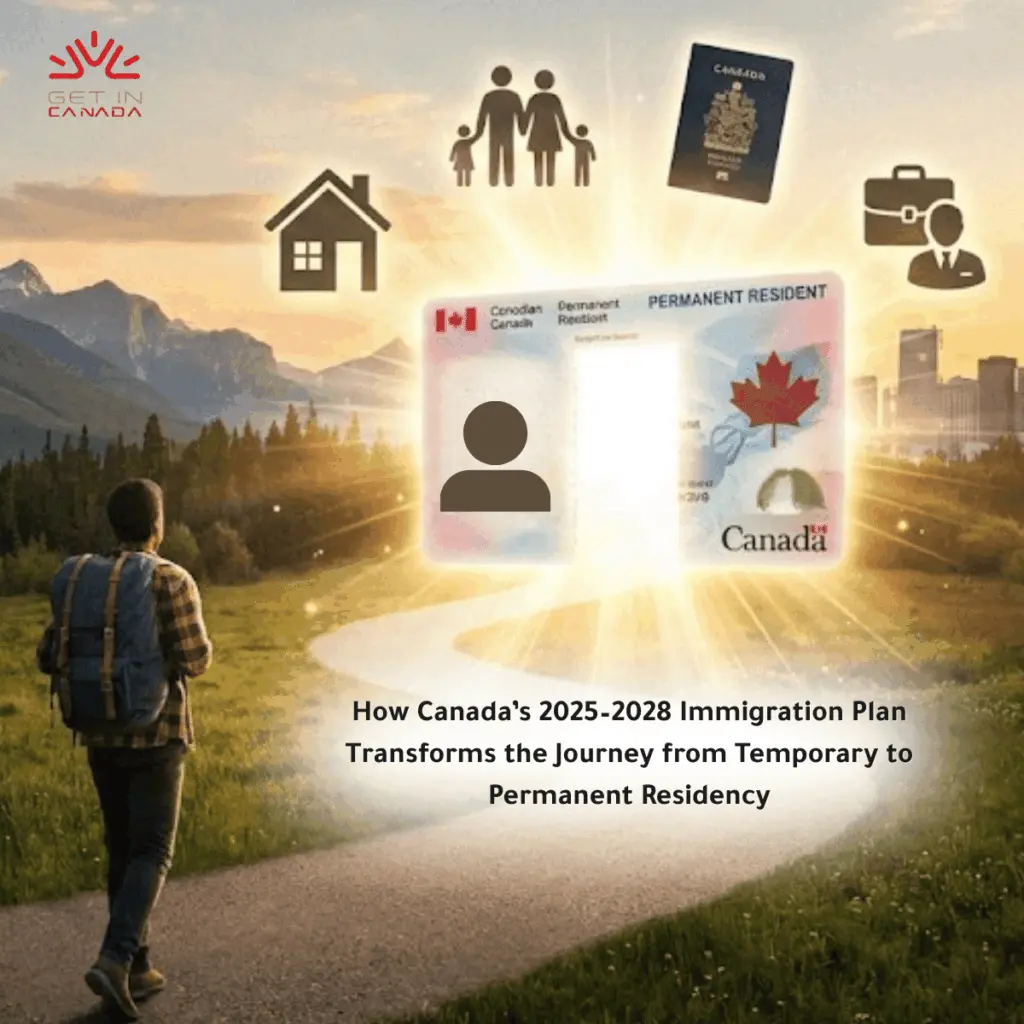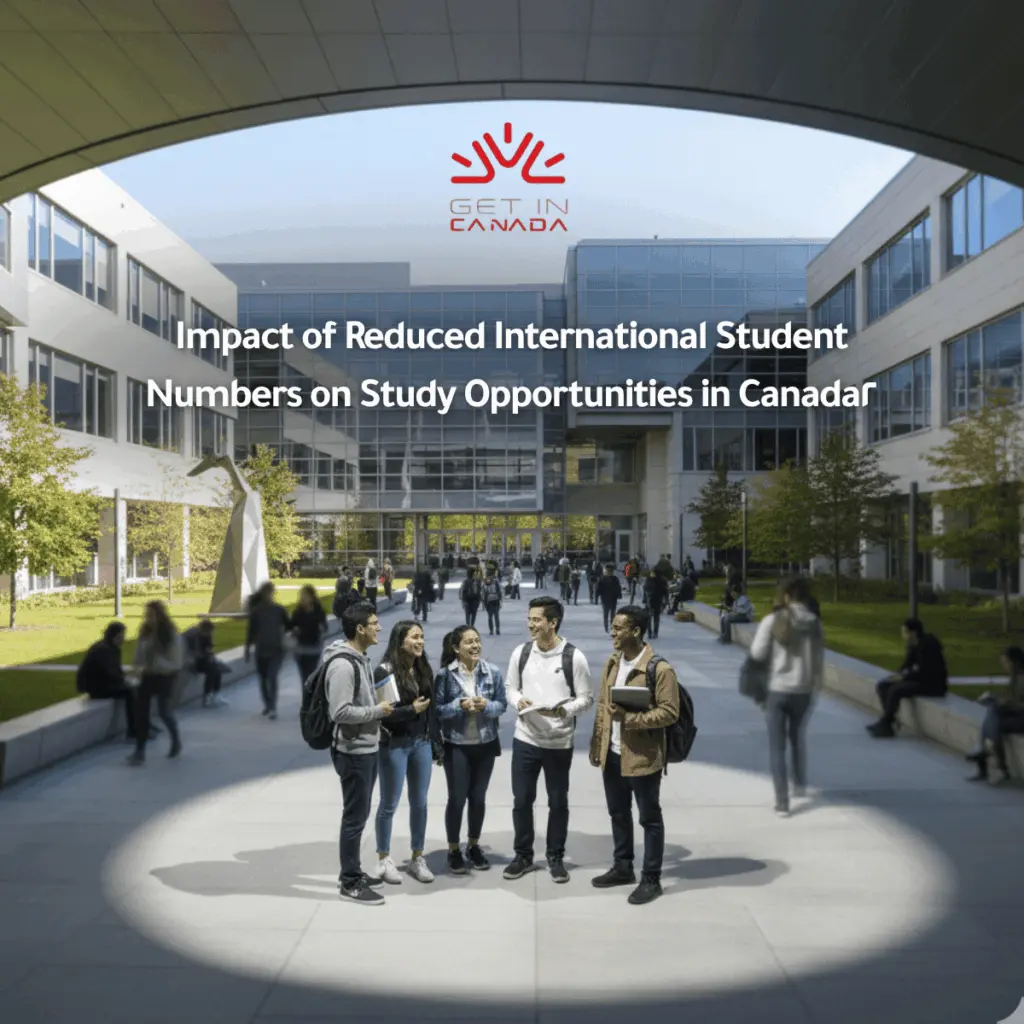What are the best places to live in Canada 2025?
This guide navigates through the diverse landscapes and opportunities across Canada. It aims to assist in discovering the ideal living environment, considering factors like economics, culture, climate, healthcare, and lifestyle. The blog aims to be a reliable compass for those seeking to settle in Canada, offering insights to aid in making an informed decision about where to call home in this diverse and expansive country.

What is the best city in Canada for Arabs 2025?
Toronto is considered the best city in Canada for Arabs due to its cultural diversity and large Arab community. In Toronto, you’ll find Arab restaurants, mosques, cultural centers, and various job opportunities. The city serves as an economic hub, attracting newcomers looking for a stable life and career development.
The local government offers support programs for immigrants, including free English classes and employment services. Arabs in Toronto often feel a strong sense of belonging, with numerous Arab social and cultural events held throughout the year.
Although the cost of living is high, the average income and quality of services help balance it out. Other cities like Montreal and Ottawa are also good options, especially for French speakers, but Toronto remains the top choice for those seeking an active and supportive Arab community.
Best places to live in Canada 2025
In the following, we’ll discuss the most popular places to live in as a newcomer:
Provinces
Ontario
Capital City: Toronto, Ontario
Ontario stands as the primary choice for newcomers in Canada. Toronto, its largest city, is distinguished as Canada’s largest urban center and one of its most expensive places to reside.
With a highly efficient public transportation system, owning a car in Toronto becomes optional. The city prides itself on its bicycle-friendly environment, witnessing a rapid rise in cycling as a preferred mode of transit.
The average cost of renting a two-bedroom apartment in Toronto hovers around CAD 2100. As Canada’s largest economy, Ontario boasts diverse industries, including finance, tourism, manufacturing, arts, and sciences.
Alberta
Capital City: Edmonton, Alberta
Nestled on the western fringes of the Canadian Rockies, Alberta boasts stunning natural landscapes. Calgary, a prominent city in Alberta, ranks among Canada’s largest urban centers and remains a favored destination for newcomers.
Alberta generally maintains a lower cost of living compared to other major Canadian cities. Renting a two-bedroom apartment in Calgary averages around CAD 1542, while in Edmonton, it sits at just CAD 1244.
Given Calgary’s expansive layout, owning a car proves beneficial for commuting. Furthermore, vehicle ownership in Calgary facilitates access to nearby outdoor activities like hiking and skiing.
A unique aspect of Alberta is its distinction as one of the world’s rare rat-free zones. Since 1950, Alberta’s Rat Control Program has effectively prevented the infiltration of rats, mitigating crop damage and curbing diseases carried by these rodents.
British Columbia
Capital City: Victoria, British Columbia
British Columbia is nestled along Canada’s Pacific coastline, celebrated for its juxtaposition of beaches to the west and the Rockies to the east, fostering a vibrant outdoor-centric lifestyle.
Vancouver, a prominent destination in British Columbia, allures newcomers due to its mild climate. Winters in this province tend to be milder and wetter compared to many other Canadian regions.
Vancouver boasts a thriving tech sector, a rich arts and cultural landscape, and robust social programs. Yet, it remains among the priciest cities in Canada. Renting a two-bedroom apartment in Vancouver typically commands around CAD 2250.
The extensive public transportation network in Vancouver renders owning a car largely unnecessary. However, for those seeking weekend ski getaways to Whistler or exploring the nearby mountainous terrain, a vehicle can prove advantageous.
As a key economic hub in Canada, Alberta takes center stage in the country’s energy sector, largely due to the immense Alberta tar sands. Professionals in fields like engineering, oil rig operation, or management within Alberta’s oil industry can anticipate substantial salaries.
Manitoba
Capital City: Winnipeg, Manitoba
Nestled between Saskatchewan and Ontario, Manitoba is a prairie province distinguished by its location.
With one of the lowest unemployment rates in Canada, Manitoba’s economy heavily relies on natural resource exports. Forestry, mining, and oil represent key sectors driving the province’s economic landscape.
The cost of living in Manitoba ranks lower than many other Canadian provinces, with the average cost of a two-bedroom apartment in Winnipeg hovering around CAD 1300.
Winnipeg’s public transportation primarily relies on buses. While living car-free is feasible, it’s not as convenient as in some other Canadian cities, prompting many Manitobans to opt for car ownership.
Winters in Manitoba tend to be more severe compared to most other provinces in Canada.
Quebec
Capital City: Quebec City, Quebec
Quebec stands as Canada’s sole officially French-speaking province. However, while proficiency in French is beneficial, it’s not mandatory for living and working in certain regions within Quebec.
Metropolitan hubs such as Montreal and Quebec City provide opportunities for individuals who don’t speak French. Montreal, particularly, remains a highly sought-after destination for newcomers to Canada.
Despite offering many economic advantages akin to other major Canadian cities, Montreal maintains a relatively lower cost of living, rendering it a more budget-friendly choice for many newcomers. Renting a two-bedroom apartment in Montreal averages around CAD 1952.
Montreal boasts a public transportation system ranked among the world’s finest, enabling comfortable living without a car. During the summer, numerous residents opt to explore the city via bicycles.
Saskatchewan
Capital City: Regina, Saskatchewan
Situated in the heart of Canada, Saskatchewan earned the moniker “breadbasket of the world,” standing as the nation’s primary producer of grains and oilseeds.
Regina emerges as an exceptionally cost-effective city, with the average price for a two-bedroom apartment resting at a mere CAD 1100. Similar to Manitoba, car ownership in Regina tends to be more essential compared to larger Canadian cities.
While agriculture remains Saskatchewan’s largest economic sector, Saskatoon, the province’s largest city, serves as the hub for the Canadian mining industry and a pivotal center for research and technology.
Atlantic Provinces
Capital Cities: St. John’s, Newfoundland and Labrador; Charlottetown, Prince Edward Island; Halifax, Nova Scotia; and Fredericton, New Brunswick
Comprising New Brunswick, Newfoundland and Labrador, Nova Scotia, and Prince Edward Island, Atlantic Canada emerges as a collective along Canada’s eastern seaboard.
These smaller provinces, nestled on the Atlantic coast, boast thriving industries in fishing, farming, forestry, and mining. Known for its economic diversity, the Atlantic Provinces are renowned for offering some of the most affordable living costs in Canada.
Find out if you are eligible to get in Canada →
Territories
Capital Cities: Iqaluit, Nunavut; Yellowknife, Northwest Territories; and Whitehorse, Yukon Territory
Canada’s northern expanse comprises the territories of Yukon, Nunavut, and Northwest Territories. Vast in size yet sparsely populated, these territories’ economies pivot around natural resources. Due to their northernmost location, the territories experience some of the most severe winters in Canada.
What is the most beautiful place in Canada 2025?
Canada is filled with breathtaking natural sites, but Lake Louise in Alberta is often regarded as the most beautiful. Nestled in the heart of the Rocky Mountains, the lake is known for its striking turquoise waters and the majestic peaks that surround it.
Lake Louise is a year-round destination. In summer, visitors can enjoy canoeing, hiking, and nature walks. In winter, it becomes a popular ski resort area. A luxury hotel nearby adds comfort and elegance to the natural beauty, making the experience even more memorable.
The lake’s serene environment and stunning scenery attract photographers, couples, and nature lovers from around the world. If you’re looking for a romantic escape or a place for peaceful reflection, Lake Louise is a top choice in Canada.
Understanding Provincial Disparities for Effective Immigration
Immigrants-to-be should extensively explore and grasp the substantial differences in provincial initiatives, job prospects, weather conditions, and healthcare coverage throughout Canada’s diverse landscapes. Ultimately, acquiring a holistic comprehension of these elements proves crucial in selecting a province aligning with one’s distinct requirements and desires, establishing a foundation for a thriving and gratifying life in Canada.
Provincial Nominee Programs (PNP)
Each Canadian province administers its own Provincial Nominee Program (PNP). Eligible candidates can seek a provincial nomination through these programs, potentially paving the way to apply directly for permanent residence with Immigration, Refugees and Citizenship Canada (IRCC) upon success.
Numerous provinces implement PNPs that prioritize work experience in industries deemed ‘in-demand’ within the region. This typically signifies plentiful job prospects within these specific fields in the respective province.
It’s important to note that the outcome of any Canadian immigration program, including PNPs, is Canadian permanent residency. As a permanent resident, you’re safeguarded by the Canadian Charter of Rights and Freedoms, granting you the freedom to live and work anywhere across the nation.
Employment
Ideally, securing employment before arriving in Canada would be optimal, but this isn’t always feasible. Job hunting can prove challenging from afar, as some employers prefer in-person meetings, which might be financially impractical for everyone.
While most Canadian immigration programs don’t mandate a job offer, finding employment upon arrival is often a top priority for newcomers.
Canada’s robust economic recovery post-COVID-19 necessitates newcomers for sustained growth. Statistics Canada’s latest job report cites over a million job vacancies nationwide.
However, industry choice significantly influences job prospects. Different provinces possess varying market strengths, underscoring the importance of thorough research.
Climate
Canada’s diverse climate warrants consideration when selecting a region to settle in. Despite its reputation for cold winters, Canada experiences distinct seasons, offering warm summers alongside chilly winters.
Regional climate disparities exist too; Canada’s vastness translates to divergent weather patterns. While major cities along the southern border boast milder temperatures, distinctions between Montreal, Vancouver, Winnipeg, and Halifax winters are substantial.
Health Insurance
Healthcare in Canada is provincially managed, requiring new residents to apply for coverage upon arrival. Health card acquisition grants access to healthcare services, typically within a maximum waiting period of three months.
Provincial healthcare nuances exist; certain provinces like British Columbia, Alberta, and Ontario necessitate healthcare premiums. However, the inability to pay premiums doesn’t warrant the denial of healthcare services.
How can I apply for immigration to Canada in 2025?
To immigrate to Canada in 2025, you can apply through official government programs, with the most popular being the Express Entry system. This program includes three main categories: the Federal Skilled Worker Program, Canadian Experience Class, and Federal Skilled Trades Program.
To begin, you must create an account on the official immigration website and submit your personal, educational, and professional details. You will then receive a score through the Comprehensive Ranking System (CRS), which determines your eligibility for an invitation to apply for permanent residency.
Alternatively, you may apply through a Provincial Nominee Program (PNP) if you meet the criteria of a specific province. It’s important to prepare required documents such as language test results (IELTS or TEF), educational credential assessments, and work experience records.
Keep checking the official website for updates, as immigration rules can change. Consulting a licensed immigration advisor can also improve your chances.
In conclusion, the quest for the best place to live in Canada is subjective and deeply influenced by individual preferences. With its diverse offerings, each province and city holds unique appeal. Ultimately, the ‘best’ place is the one that aligns with personal needs and aspirations, whether it’s the urban energy of a city, the tranquility of coastal living, or the warmth of close-knit communities. We hope this exploration aids in finding the ideal Canadian abode—one that fosters both practicality and the fulfillment of dreams.











